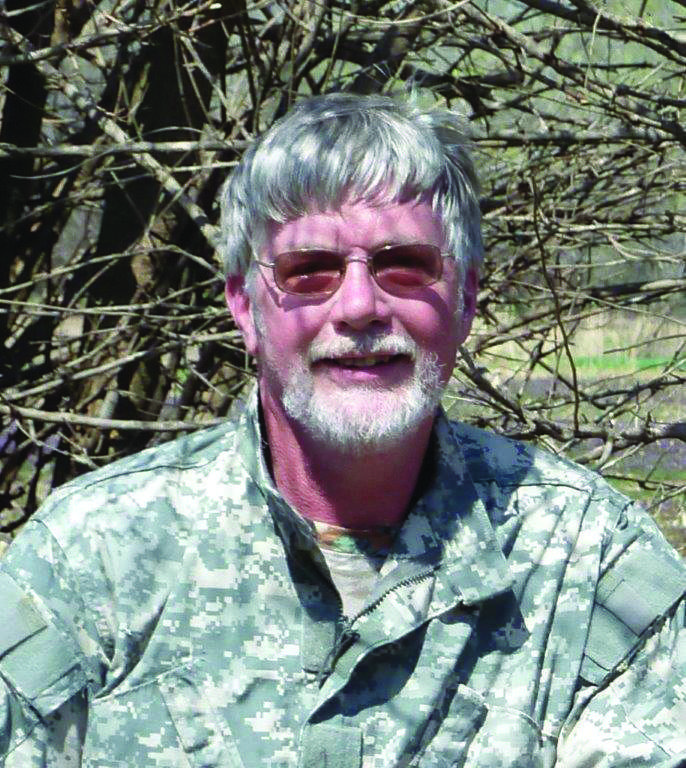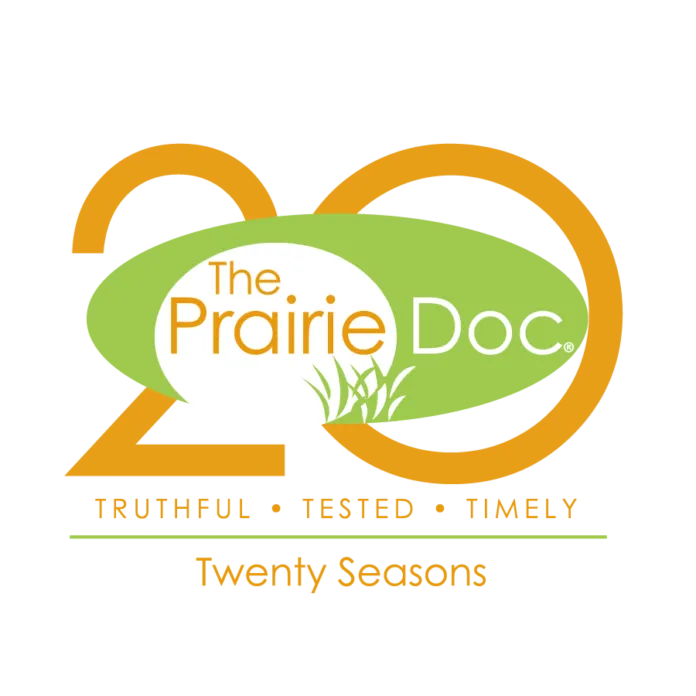Welcome to Kansas, you’ll know when you’re here,
Cause we hunt our pheasants, our quail and our deer.
But that wiley ole’ Grinch tried to spoil my deer season
And he gave me no clue, not a why, not a reason.
I hunted deer high, and I hunted deer low
But I left empty handed, not a buck nor a doe.
Now the Who’s down in Whoville continued to feast
When that Grinch wrecked their Christmas and stole their roast beast.
But I needed a plan to show all was not lost
Then I scratched on my noggin” and I thought and I thought.
So, I set out to prove I could spoil his Grinch notion,
When out in the field there arose a commotion.
As I peered from my blind, what did appear,
But a strange looking sleigh pulled by flying reindeer.
So, I’m thinking “Take that” Mr. Grinch you old geezer,
Just one of those deer will fill my fridge and my freezer.
They landed their rig not far away,
And a chubby old man tumbled out of the sleigh.
Now I’m thinkin’ it’s Grinch dressed like St Nick,
Out here to fool me with some kind of trick.
To keep me from shootin’ one of these beasts,
To keep me from havin’ a fine reindeer feast.
But instead of defending his steeds from my hunt,
He gestured their way and said “Which one do you want?”
Now I thought this was odd for even the Grinch,
That he’d let me shoot one and not even flinch.
But the deer in the front had a bright shiny nose,
It’d be hard to miss that one the way that it glowed.
So, I lined up my shot, my freezer to fill
When commotion again came from over the hill
It’s looked like ole’ Santa runnin’ our way,
Seems the Grinch had tossed him out of his sleigh.
He tackled Ole’ Grinch and took back his red suit,
Then he put on his hat, his coat and his boots.
He climbed into the sleigh, to his team gave a whistle,
And off they all flew like the down of a thistle.
And I heard him exclaim as they flew out of sight,
“Thanks for not shootin’ Rudolph and ruining the night.”
But he also admonished to all who could hear
“Keep Christ in Christmas and Happy New Year.”
Guess I’ll travel to Whoville and join in their feast,
And hope that Ole’ Grinch gave them back their roast beast.
Merry Christmas from Steve and Joyce at Exploring Kansas Outdoors.






